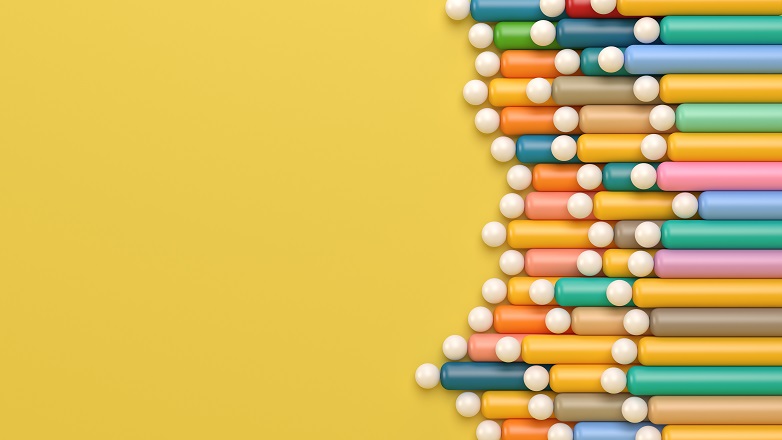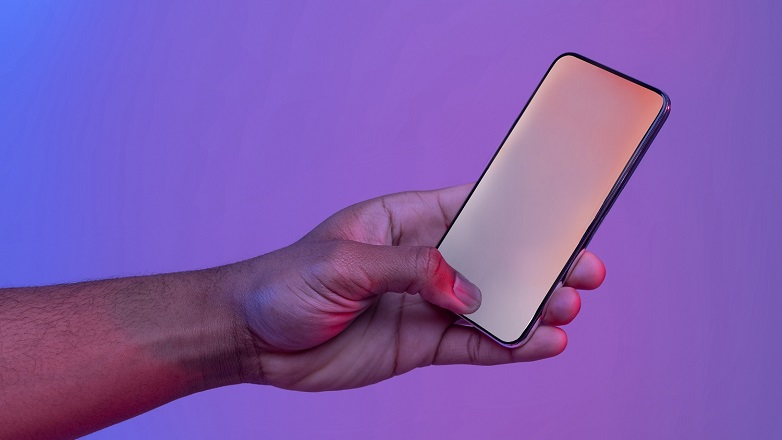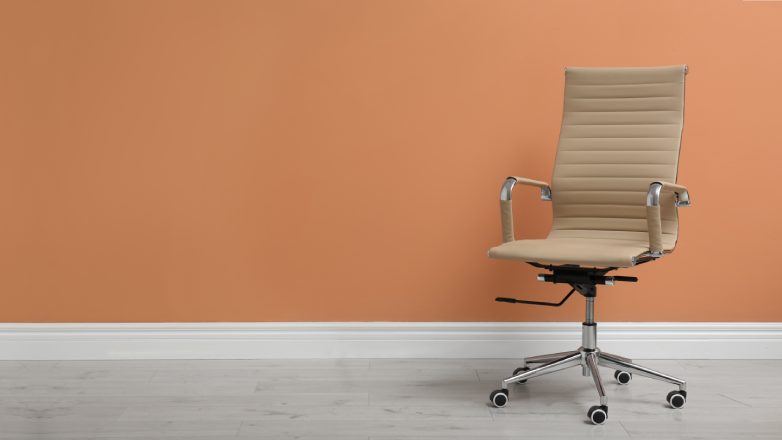Trade mark infringement: account of profits
The High Court has assessed the amount of profits to be paid by a retailer following an earlier finding of trade mark infringement.
Background
Section 14(2) of the Trade Marks Act 1994 entitles a trade mark owner to “all such relief by way of damages, injunctions, accounts or otherwise” as is available in respect of the infringement of any other property right.
In Design & Display Ltd v Ooo Abbott and another, the Court of Appeal held that an infringing defendant was entitled to set off a proportion of its general overheads (attributable to the infringement) that would have sustained a non-infringing business.
Facts
J sued H for trade mark infringement in relation to J’s pheasant logo, which was registered as a UK and EU trade mark for clothing, by H’s pigeon logo. H had used the pigeon logo on a selection of its own label brand of menswear.
The High Court held that J’s pheasant logo was infringed by H’s pigeon logo. J applied for an account of profits. J argued that it was entitled to all the profits from H’s sales of the infringing goods and any doubts should be resolved in its favour.
Decision
The court held that J should recover 41% of the net profits from H.
The remedy of an account of profits is not penal: it is a mechanism by which an infringer is required to pay over to the trade mark owner all profits properly attributable to the infringement. A trade mark owner who elects to accept an account of profits rather than damages has to take the infringer as it found it. So, J could not argue that if H had been more efficient in the manner in which it sold infringing goods a greater profit would have been made and so a sum greater than the actual profit attributable to the infringement should be awarded.
On the question of attributing overheads to the infringing activity, H had to show that the same overheads would have been incurred even if the infringement had not occurred. H also had to show that the sale of infringing products would have been replaced by the sale of non-infringing products, which would have been sustained by the overheads used to sustain the infringement. Since H was able to show that it had displayed non-infringing goods of the same type and style as the infringing goods, and that it had sold similar goods before, during and after the period when infringement took place, it satisfied these requirements.
For an overhead to be deductible in principle, the expenditure must be wholly or partly attributable to H’s trading activities as a whole and incurred during the period when the infringing clothes were sold. The appropriate method to determine a fair proportion of the deductible overheads consisting of property, depreciation and establishment costs is the square footage basis. This involved dividing the deductible costs by the total sales area of H’s business and then multiplying by the area occupied by the infringing goods.
The method of apportioning other categories of overheads is the sales revenue basis which involved dividing the deductible costs by total sales during the relevant period and then applying the resulting percentage to the infringing sales.
As there was no evidence that the infringement drove the sale, there had to be an apportionment of the net profit to ensure that the profits were properly attributable to infringing use of the trade mark, rather than all the profits derived from sale of the items. The pigeon logo had been used on articles of clothing that formed part of H’s own brand of clothing and the same lines were sold both before and after the infringement. The garments had value to consumers independently of the presence on the goods of the infringing logo. There was no evidence that the pigeon logo had any significant or lasting effect on sales. Balancing these factors with the conclusions on infringement, an apportionment of 41% of H’s net profits was appropriate, based on a royalty rate of 1.5% for the use of third-party brands.
Comment
Reported cases on an account of profits in intellectual property (IP) cases are relatively rare as parties generally agree the amount payable following the trial of the infringement claim. So, this decision, together with Ooo Abbott, provides useful guidance to litigants in this area.
This decision confirms that it is possible in trade mark cases, as well as patent cases, for there to be apportionment taking into account what proportion of the profit is due to the act of infringement. In that respect there is no difference between trade marks and other IP rights such as patents.
However, even with this additional guidance, determining a fair apportionment is in many cases unlikely to be straightforward and will require the analysis of difficult findings of fact.
Case: Jack Wills Ltd v House of Fraser (Stores) Ltd [2016] EWHC 626 (Ch).
First published in the June 2016 issue of PLC Magazine and reproduced with the kind permission of the publishers. Subscription enquiries 020 7202 1200.


